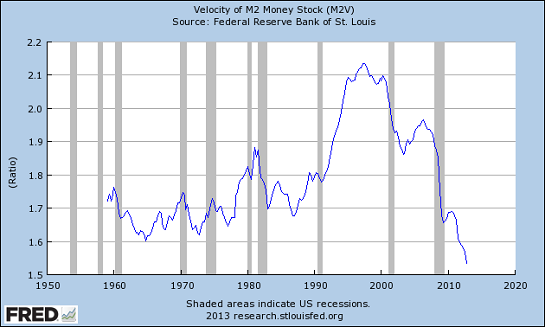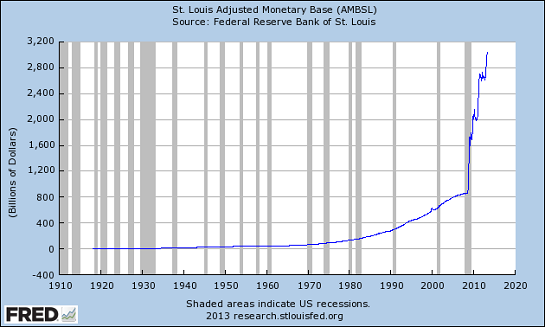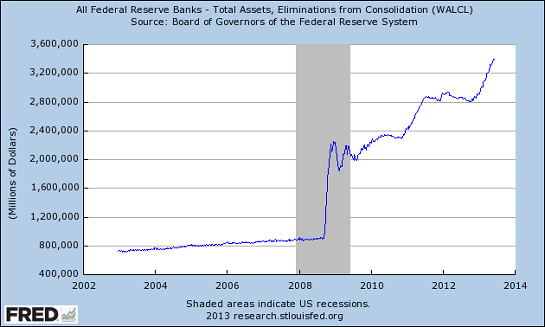Moving forward through the new normal, community banks are improving their over-all health...balance sheet and income statements.
Risks moving forward:
- Margin pressure continuation
- Profitable earning asset growth
- Maintaining appropriate levels of ALLL
- Liability/funding structure to prepare for yield curve movement
- Product and service development (new vs realignment of existing) - areas for consideration: product penetration and pricing, appropriate levels of due diligence, potential regulatory and compliance concerns, market acceptance and reputation
- Product and service channel provision
- Human capital - staffing for the new normal (capacity and capabilities)
Community Banks in Western States Grow Stronger, Agricultural Banks Performing Well
DENVER — Community banks and thrifts in the western part of the United States are growing stronger as housing, commercial real estate, agriculture and other key business sectors in that region continue to improve, officials from the Office of the Comptroller of the Currency (OCC) said today.
“The OCC is seeing positive changes in commercial real estate, the number of problem community banks is down and continues to fall compared with last year, and the housing market continues to improve,” said Kay Kowitt, the OCC’s Western District Deputy Comptroller.
The OCC conducts a quarterly analysis of community banks based on financial data from the Consolidated Reports of Condition and Income, also known as Call Reports. In addition, the OCC gathers information about market conditions and industry health from the 15 locally based Assistant Deputy Comptrollers in the Western District. The analysis identifies current and potential risks facing the district’s national banks and federal savings associations and assists these institutions in proactively identifying and managing potential risks.
Significant themes and risks in the current economic environment are:
• Approximately 77 percent of district banks are highly rated, 1 and 2 category, banks as of the end of the first quarter 2013, up from the low point of 64 percent in the latter half of 2010. The OCC anticipates continued improvement in the condition of the community banks under its supervision. Banks are rated on a 5-point scale that measures capital, asset quality, capability of management, earnings, liquidity and sensitivity to market risk. The OCC considers a bank with a 1 or 2 rating as highly rated, and banks with a 3, 4 or 5 rating as problem institutions.
• Most financial performance metrics stabilized or improved modestly over the past two years.Earnings have improved, largely because of reduced provision expense, and capital levels are satisfactory overall.
• While asset quality has improved, commercial credit continues to present the highest risk to bank earnings. While credit metrics show improving trends, they are still weak relative to historical performance.
• Most banks have ample sources of liquidity and moderate interest rate risk.
Looking Ahead
• Profitability remains under pressure due to sluggish loan growth, lack of investment alternatives, and declining non-interest income. Banks are looking to bolster income through new products and services, expansion of existing business lines, and/or cost reductions.
• Bankers are challenged to modify policies and practices to ensure compliance with regulatory changes and maintain effective compliance risk management systems.
Western District: Banks with Commercial Real Estate Concentrations
• Despite a reduction in commercial real estate (CRE) concentrations, many banks continue to deal with a high volume of problem loans in this asset class. CRE fundamentals remain weak in a number of markets.
• Construction and development (C&D) concentrations have declined sharply, but stress in these portfolios remains high.
• Loans secured by investor-owned CRE are performing better than C&D loans, but higher vacancy rates and lease rollover risk warrant close monitoring.
• The volume of Other Real Estate Owned (OREO), a category that includes property acquired as a result of loan defaults, in District banks has declined from peak levels, but continues to negatively impact earnings.
• Actions to diversify CRE portfolios have led to intense competition for commercial and industrial lending opportunities. Examiners will continue to focus on the quality of underwriting and the identification and tracking of underwriting exceptions.








